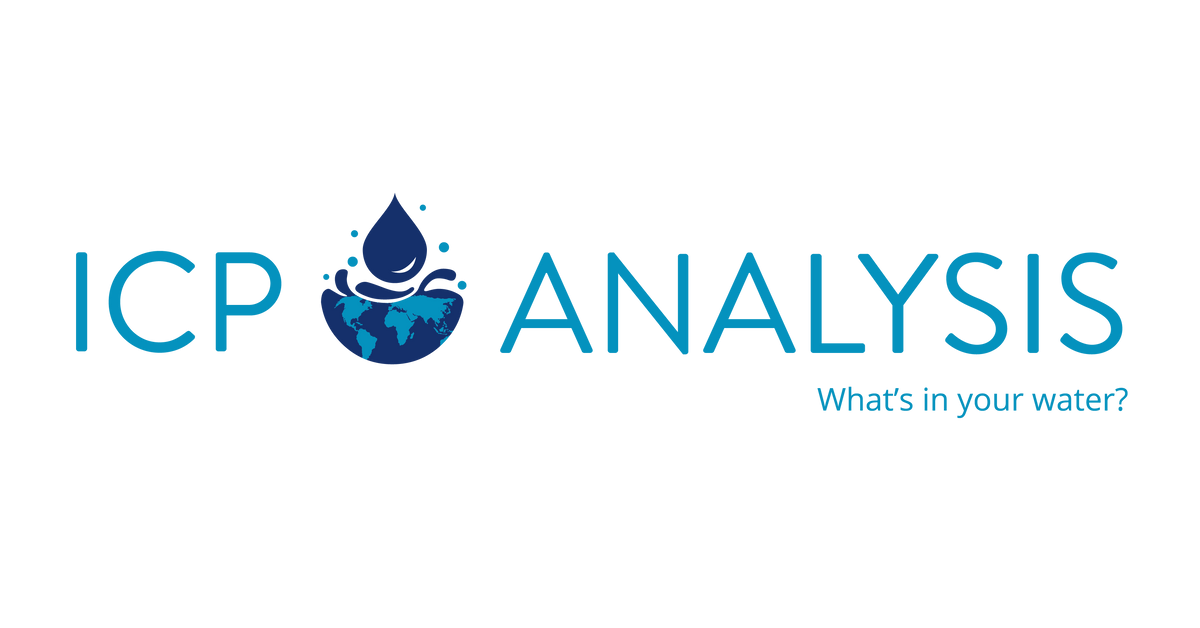Some two parts systems claim to add extra trace elements to offset consumption. ATI essentials Pro seems to fit that description.
Some two parts add just enough trace elements to offset the salinity impacts and trace element lowering when you adjust salinity back down. ESV B-ionic, TLF C-Balance, and Tropic Marin Balling or a DIY two part (using Balling Part C) fit this description.
Some two parts do not intentionally add trace elements, though some come as impurities in the main components.
IMO, if one is not going to dose trace elements separately (by ICP/dose/repeat) then it is at least second best to not tie the trace element dosing to the calcium and alk dosing, since they are not really tied together in terms of consumption.
To make the point clearer: there is no reason to think trace elements put into a product like AFR or ATI two part will be at an appropriate level for any given reef tank since the demand for calcium and alk is driven heavily by hard corals and perhaps clams, but the demand for trace elements is not (unless it is an SPS heavy tank with little in the way of macroalgae, microalgae, anemones, soft corals, bacterial driven processes such as organic carbon dosing, etc.,etc.).
Thank you for the detailed reply. I think the area of interest for me is around the talking point of appropriate level(s), what those are, do we need to care, and where did they come from.
Just because I had the data available I took a look to see what the trace element history is of my system. The results are via ATI ICP. I do not dose or adjust based on the results. It has just been a curiosity thing that hasn't stopped yet. Never the less hope your day is well.


















